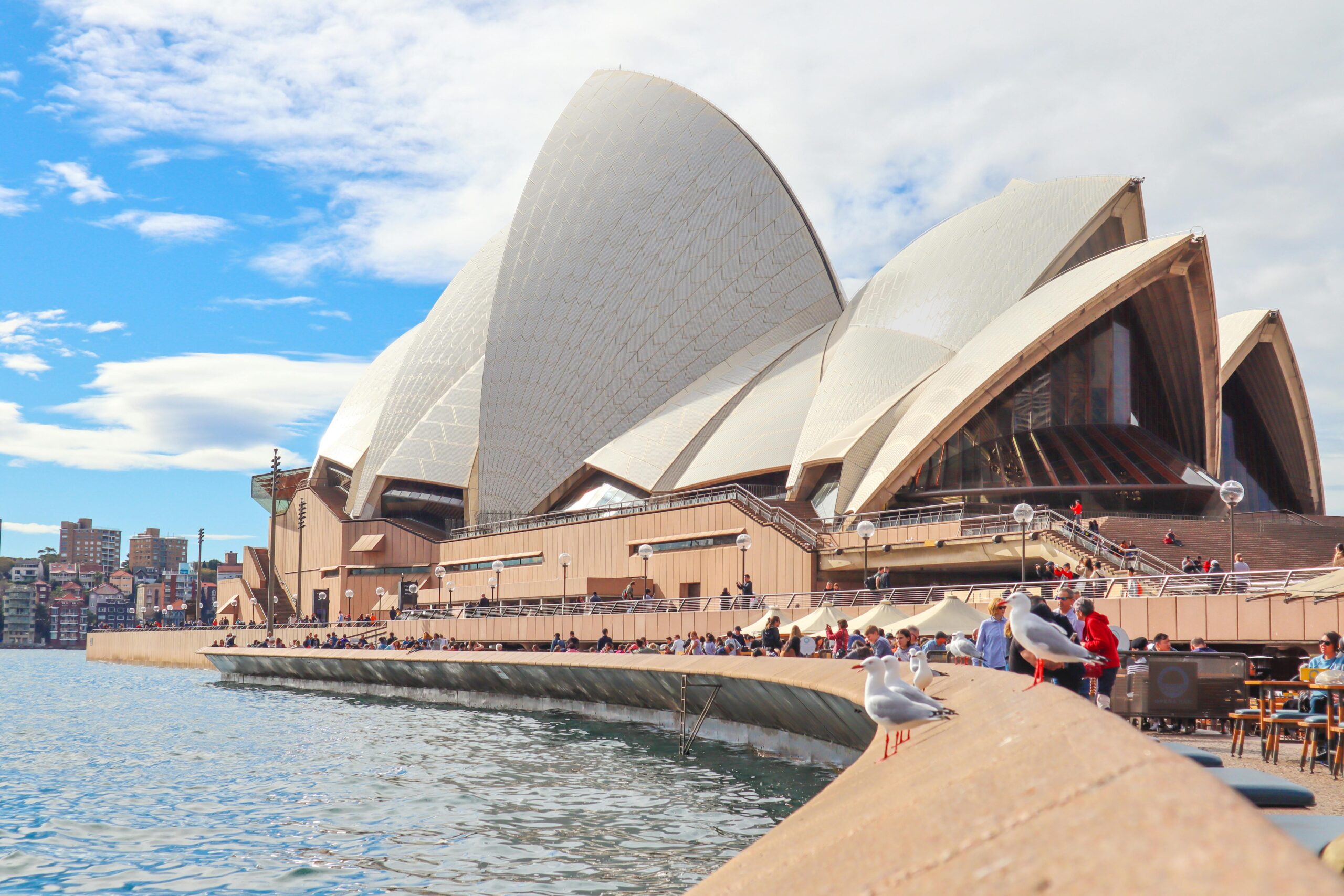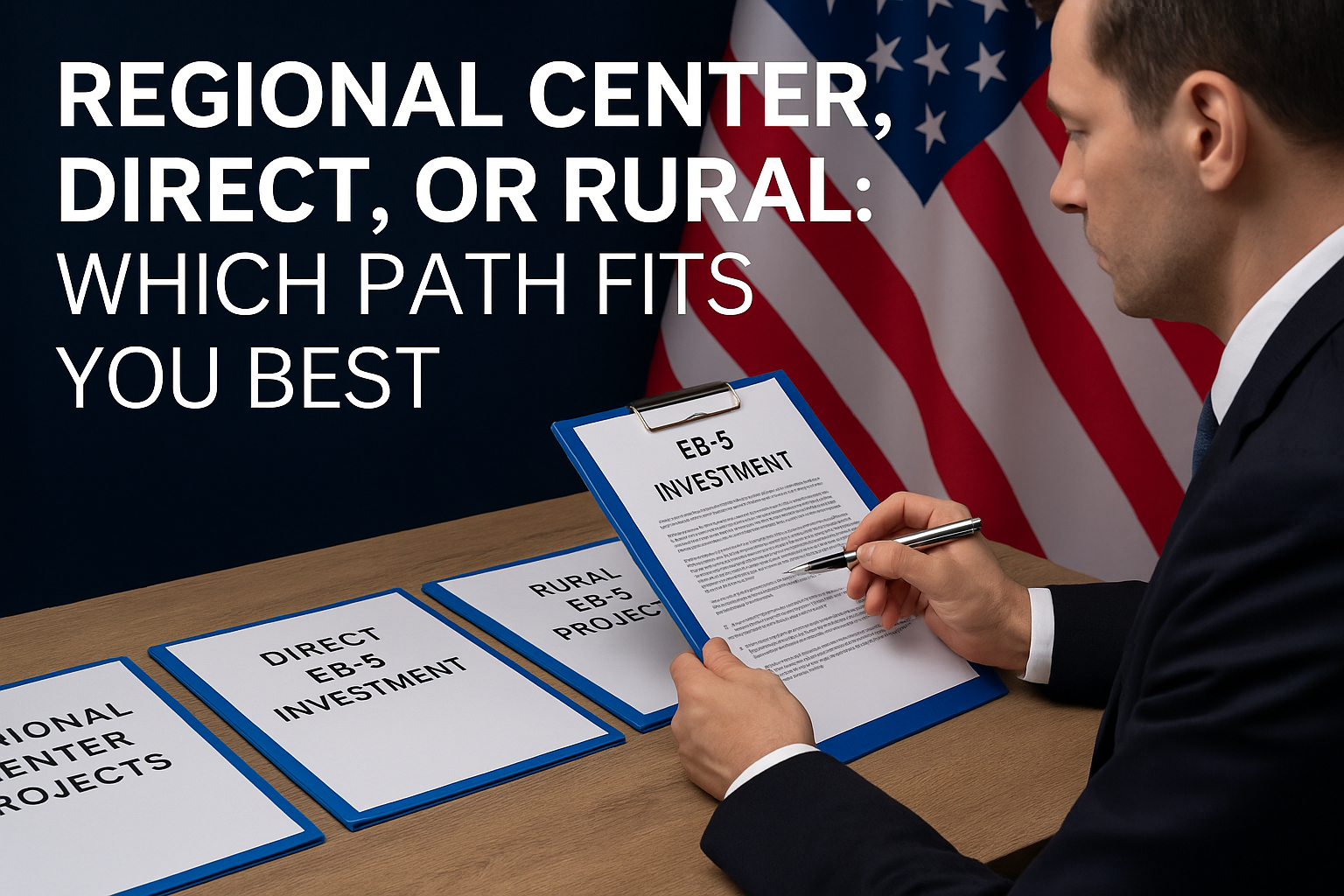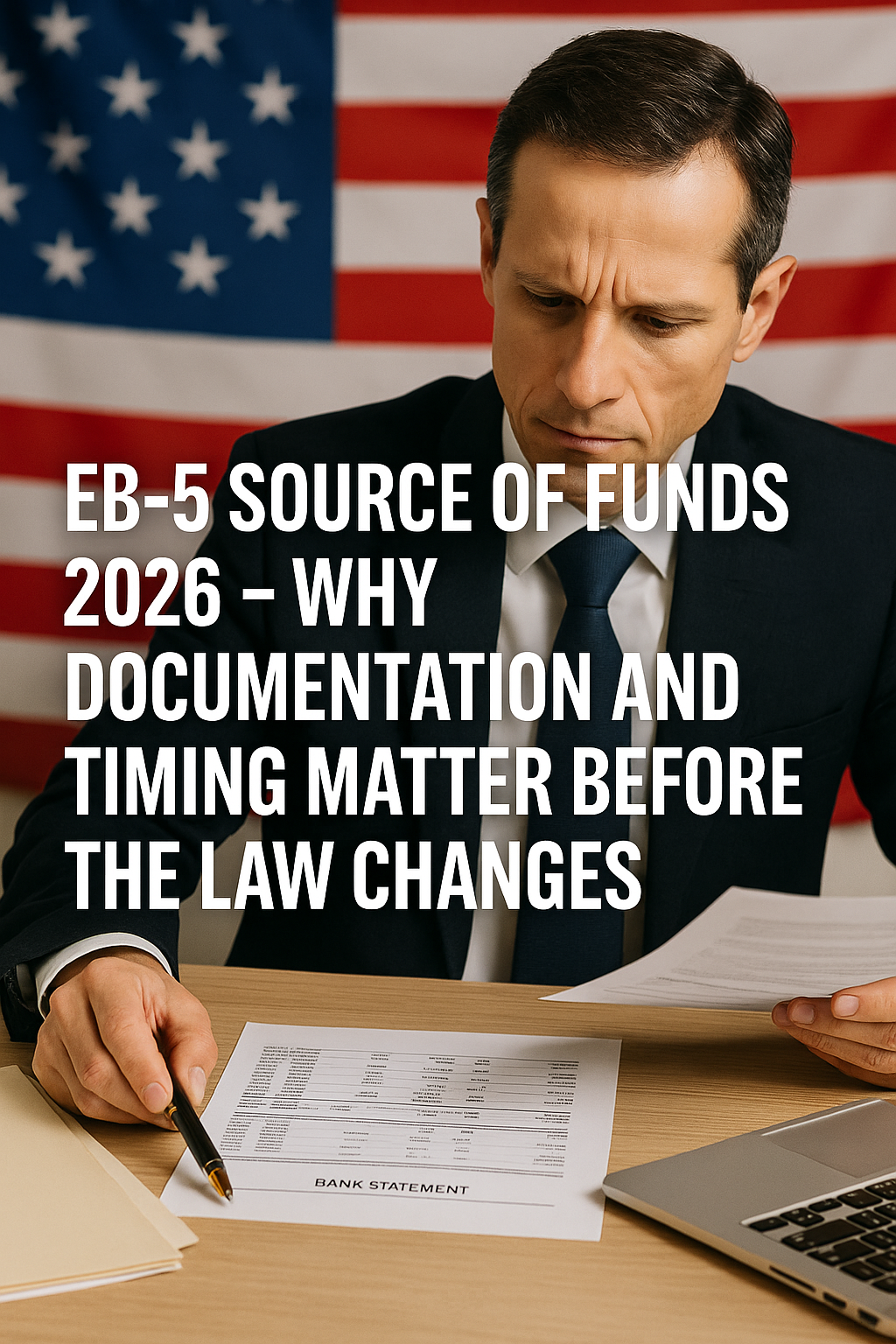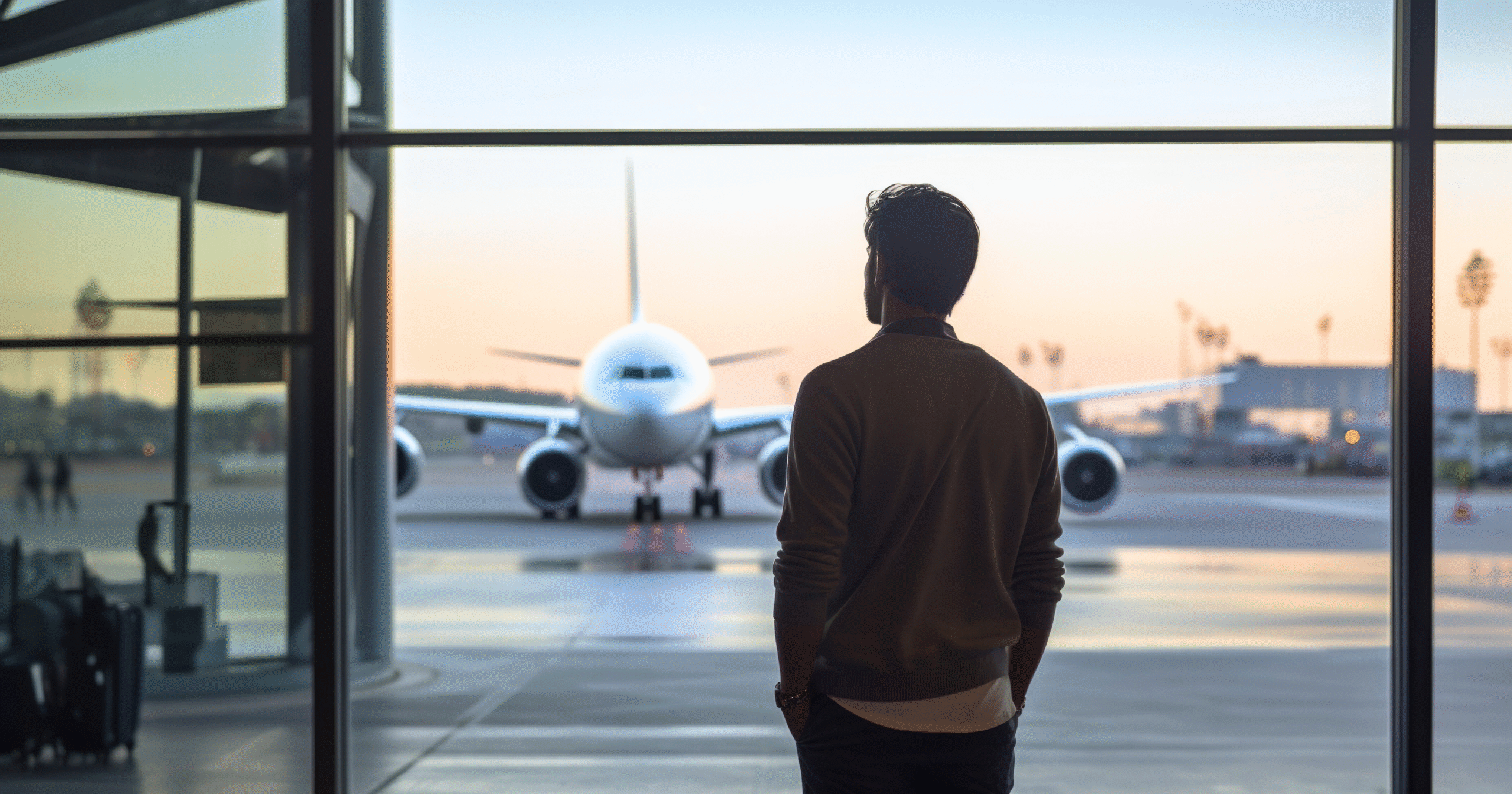Public support for Australia immigration remains strong, but rising concerns about housing and infrastructure are fueling a growing national debate.
Public Opinion on Australia Immigration Remains Divided

As Australia experiences persistent housing shortages and growing cost-of-living pressures, the country’s immigration policy has once again become the subject of national scrutiny. While official surveys continue to show strong support for multiculturalism and immigration, other polling data indicates that many Australians are questioning whether current immigration levels are sustainable in light of housing unaffordability and infrastructure strain.
The Nightly stated that the Australian Bureau of Statistics (ABS) recently cited findings from the Scanlon Foundation’s Mapping Social Cohesion report, which found that 71 percent of Australians in 2024 believe immigrants from different countries strengthen the country. However, this marked a decline from 78 percent in 2023. At face value, these figures suggest that Australians continue to embrace diversity, but other voices argue the situation is more complex.
Rising Doubts Beneath Polite Public Support
Bob Birrell, president of The Australian Population Research Institute (TAPRI), told The Nightly that the high support figures may reflect social politeness rather than true agreement. “Most people are not prepared to say outright that migrants are a problem,” he said. “But when we ask them in our survey whether they are in favour of more diversity or not, the great majority of voters—including well-established migrants—say they’re opposed to that.”
A TAPRI poll recorded that 67 percent of respondents disagreed with the idea that Australia should increase immigration “to increase our ethnic and other forms of diversity.” Similarly, a Lowy Institute poll in June 2024 found that 53 percent of Australians believe immigration levels are too high, while 38 percent said the levels are about right, and only 7 percent thought they were too low. This shift in opinion appears to align with growing concerns about the housing market, rent prices, and long-term infrastructure planning.
Australia Immigration and the Housing Crisis
The connection between Australia immigration and the housing crisis has become a major point of discussion. SQM Research reported that the national rental vacancy rate held steady at a tight 1.2 percent in August. Thousands of Australians recently took to the streets in major cities, protesting what they view as excessive immigration levels that they believe are contributing directly to housing unaffordability.
While the Federal Government benefits from increased income tax revenues from skilled migrants, state governments are tasked with the responsibility of housing development. The Nightly noted that the New South Wales (NSW) Government has introduced new planning reforms aimed at fast-tracking housing construction and overriding local council delays. Under the National Housing Accord, NSW is required to build 377,000 new homes by June 2029 as part of a broader national target of 1.2 million.
NSW Premier Chris Minns emphasized the demographic shift the state is facing, stating that NSW is now losing more young people than it gains. “We’re losing our best and brightest young people,” he said. “The ones we want to join the New South Wales public education system, become police officers, start their own businesses, become entrepreneurs.”
Economic Dependence on Skilled Migration
At the national level, Australia immigration continues to play a central role in fiscal policy. With fertility rates declining and the population aging, both major political parties have leaned on skilled migration to support economic growth. Treasury’s 2025–26 Budget paper projects $349.7 billion in personal income tax revenue, representing over half of the Commonwealth’s $676.1 billion in total tax receipts. Skilled migrants, who contribute almost immediately to the tax base, are seen as essential to this long-term strategy.
The Scanlon Foundation survey added that while some Australians believe immigration is too high, many still recognize the benefits of multiculturalism and immigration to society. In fact, 82 percent of respondents agreed that migrants are good for the economy. The Nightly highlighted that this distinction is important: the concerns being voiced are less about ethnicity or culture, and more about practical pressures—such as housing supply and infrastructure stress.
The Numbers Behind Australia Immigration
Net overseas migration peaked at 548,800 in the year to September 2023 before declining to 340,800 by the end of the year. The intake includes permanent migrants, skilled workers, and international students. While the decline reflects a partial policy recalibration, it is still significantly higher than pre-pandemic norms.
The ABS stated that cultural diversity remains one of the greatest assets of Australian society. It emphasized that acceptance of immigrants from a wide range of countries is a vital indicator of social cohesion and a safeguard against growing division.
Looking Ahead: Balancing Growth with Capacity
However, Birrell and other experts argue that without a clear and enforceable strategy to manage the pace of Australia immigration, public pressure will continue to rise. As housing affordability declines and competition for public resources increases, voters may become less tolerant, regardless of their philosophical support for multiculturalism.
In summary, Australia is confronting a growing tension between its economic reliance on immigration and its capacity to accommodate population growth. Support for diversity remains strong, but practical concerns around housing, wages, and public services are shifting the national conversation. Policymakers are now challenged to maintain public trust while ensuring that immigration targets align with infrastructure planning, housing supply, and long-term sustainability.
Follow us on social media and website for more insights!













